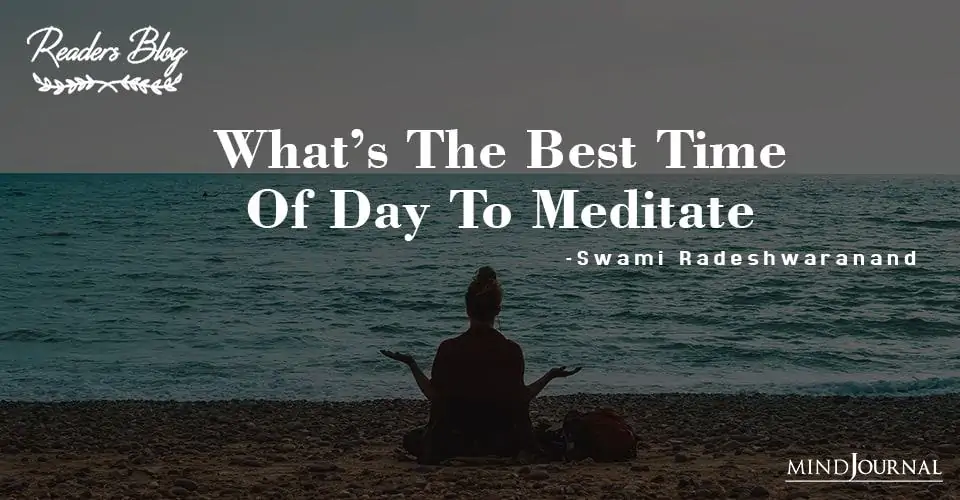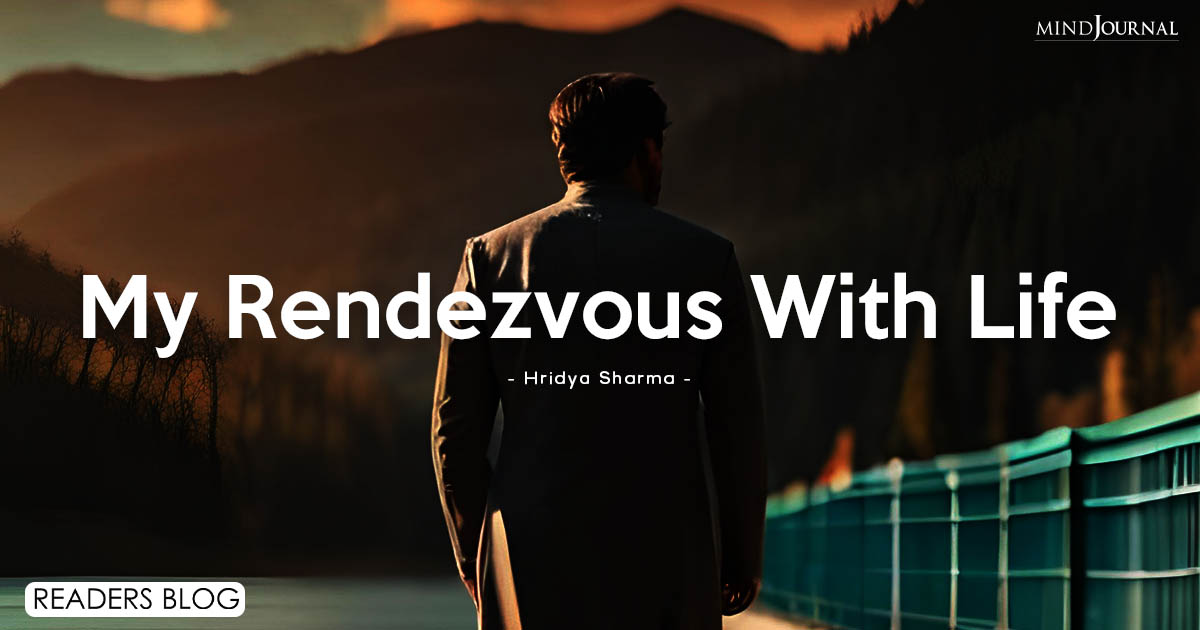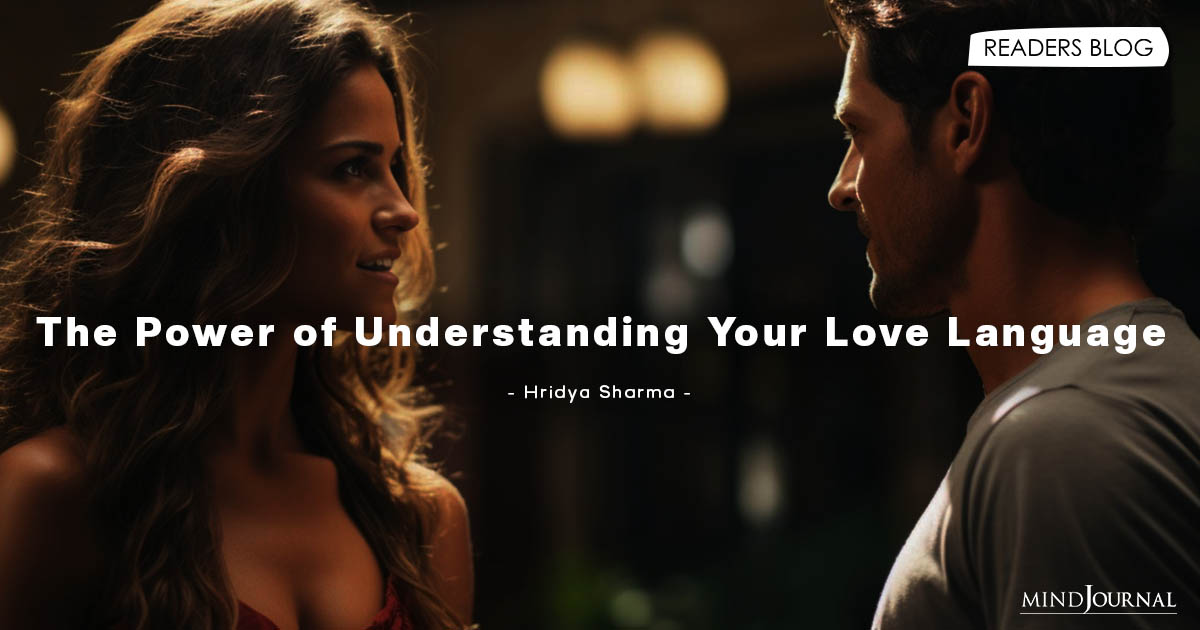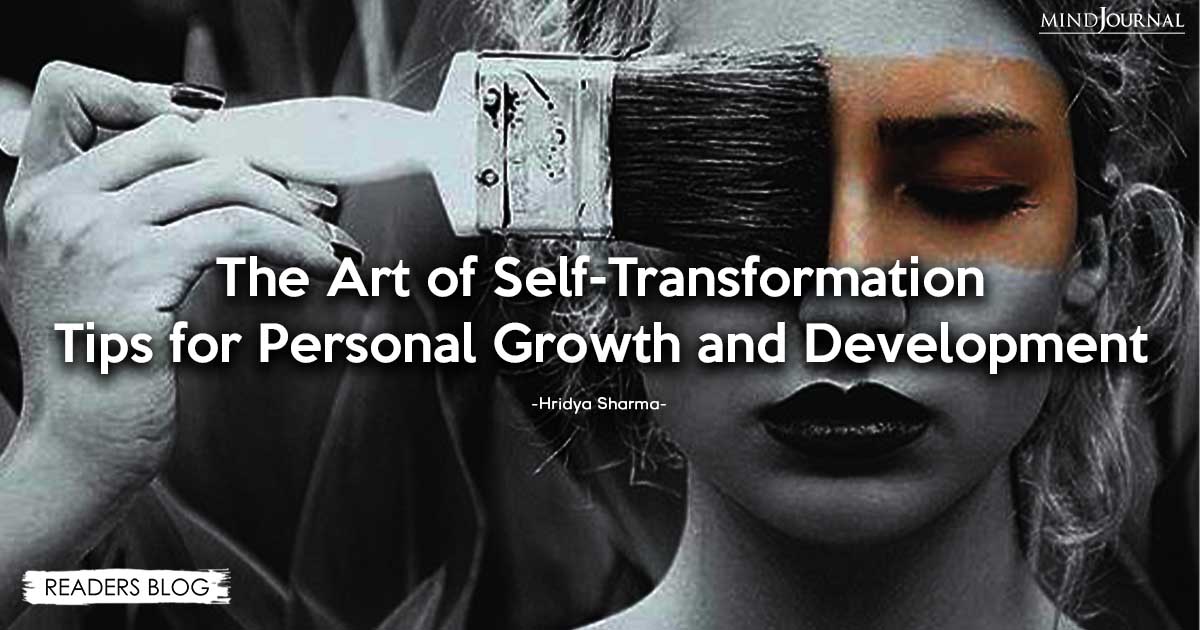The benefits of meditation are many. However, we must first understand that meditation is a holistic approach and practice to achieve the goal of self-awareness. It is not a stand-alone exercise or practice of sitting and focusing on a point. There are precursors to purify the mind and body to make one fit for the practice of meditation.
Pantanjali wrote of the eight sutras (thread) of yoga whereby the first five steps are about purification through the practice of right conduct, discipline, posture, finding your breath rhythm, etc. Only after the first five steps are practiced that the sixth step, a one-pointed mind (Dharana), can be done. This has been loosely translated into western parlance “meditation”. At this stage, the object and the subject still remain. The seventh step, Dhyana, cannot be taught; it can only be experienced under the tutelage of a Satguru. At this stage, even the object disappears. Dhyana is only possible after the first six steps of purification and one-pointed concentration. Beyond Dhyana there is no subject and object; there is no observer and observed. This is yoga in its fullest true sense and meaning- this is the state of Samadhi. One experiences unity or oneness.
When meditation is practiced as yoga, then timing is very important. The ancients have always promulgated the wee hours of the morning from 4 am to 6 am. This is called Brahma-Muhurta (the time of Brahma). This is basically one and a half hours before sunrise. At this time, a great shift in energies happen. Everything becomes pure and calm – the perfect time to pray and meditate. It is also said that one’s practice will yield deeper and faster results when done at this auspicious time. This also sets the tone for the day as a daily practice at this time reinforces positive pathways in the mind and body thereby allowing your soul power to guide you throughout the day. No one has ever reached the highest levels of yoga without practice at the Brahma-Muhurta time.
There are also many benefits to meditation that is broadly practiced in society. Taking the time to sit in a quiet place, to collect one’s thoughts, and discipline the breath can bring many joyful and beneficial results to our physical, mental, and emotional well-being. This is because the mind and the breath are connected. Variations in the breath will have an effect on the mind and vice versa. This is why breath regulation is the foundation for controlling the mind. Many scientific studies speak of the benefits of meditation as a reducer of stress and anxiety, increasing awareness and concentration, and also making us into kinder, gentler people. Even if we are not able to practice at the peak recommended times, it is still beneficial to get a practice going during the day.
A strong body is necessary for meditation as a straight spine is essential for the flow of energies in the body. As such, an exercise protocol is necessary. The recommended asanas (postures) are geared towards strengthening the body and at the same time relaxing it. After all, meditation is only possible when the body is relaxed, otherwise, the prana will not flow. The best time to perform these asanas is in the morning after meditation and before breakfast. Before sunset is also a good time to do asanas. We must however understand that it is better to get some practice in during the day even if it is not the optimal time that is recommended for the best experience. Creating a balance and working with your schedule will bring you many benefits.
A few tips to have a satisfying meditation practice are as follows:
- Make your meditation practice regular and at the same time and place if possible.
- Sit in a quiet and clean area.
- Do a few rounds of pranayama (Nadi shodhana or alternate nostril breathing is good at this time) and a few stretches to loosen and relax the muscles.
- Sit comfortably, whether it is on the floor or on a chair.
- Breathe naturally. Inhale and push down the diaphragm so that the belly distends.
- Be kind to yourself.
Meditation as an act of concentration has many possibilities of bringing about changes in one’s well being and surroundings. Daily practice will eventually bring greater clarity of mind and emotions.
The flowers will look a little brighter, the sun will seem softer and gentler, the mood will be lighter, and a smile will always hover on the lips.








Leave a Reply
You must be logged in to post a comment.